
Sometimes it starts with a piece of land.
Many of our customer’s homeowner stories begin this way: a few acres in an inspired location where they’ve always wanted to put down roots or a section or lot is given to them by family. If you already have land or are looking for land to build on, at Schumacher Homes we’re happy to be a part of your journey. We’re experts in helping you assess all different types of land scenarios and how to ensure your home is optimally positioned on the land itself.
Unlike buying an existing home where the structure sits on a lot that is pre-determined and established, many custom homebuilding scenarios require as much thoughtful consideration into lot position as choosing the right house plan.
The optimal position of where to build maximizes yard space, curb appeal, energy efficiency, driveway placement, and overall investment. The factors to consider are many. We’ll break things down for you in an informative way that speaks to your budget and translates into choices with clearly defined outcomes for your home’s design and construction.
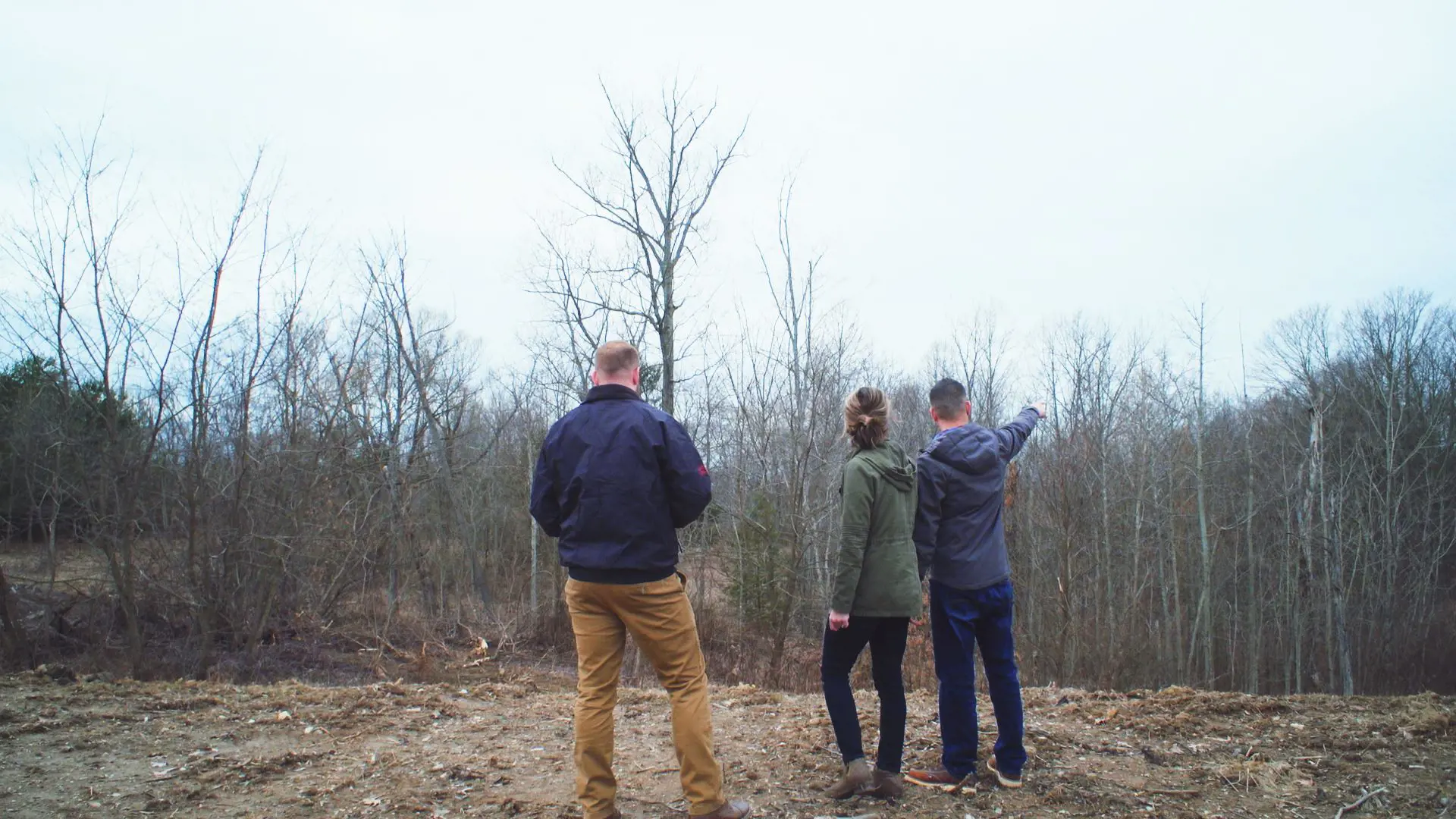
10. State of the land
What’s the current state of the land where you’re planning to build? We’ll assume the land has already been evaluated, because that’s a conversation in itself. Then, you’ll need to consider if you’re land needs to be cleared and excavated. Obviously, the more labor required to make a lot “shovel-ready” can impact your home’s construction budget and schedule. We’re prepared to support you on lots that are ready to build on or in need of more extensive pre-construction work.
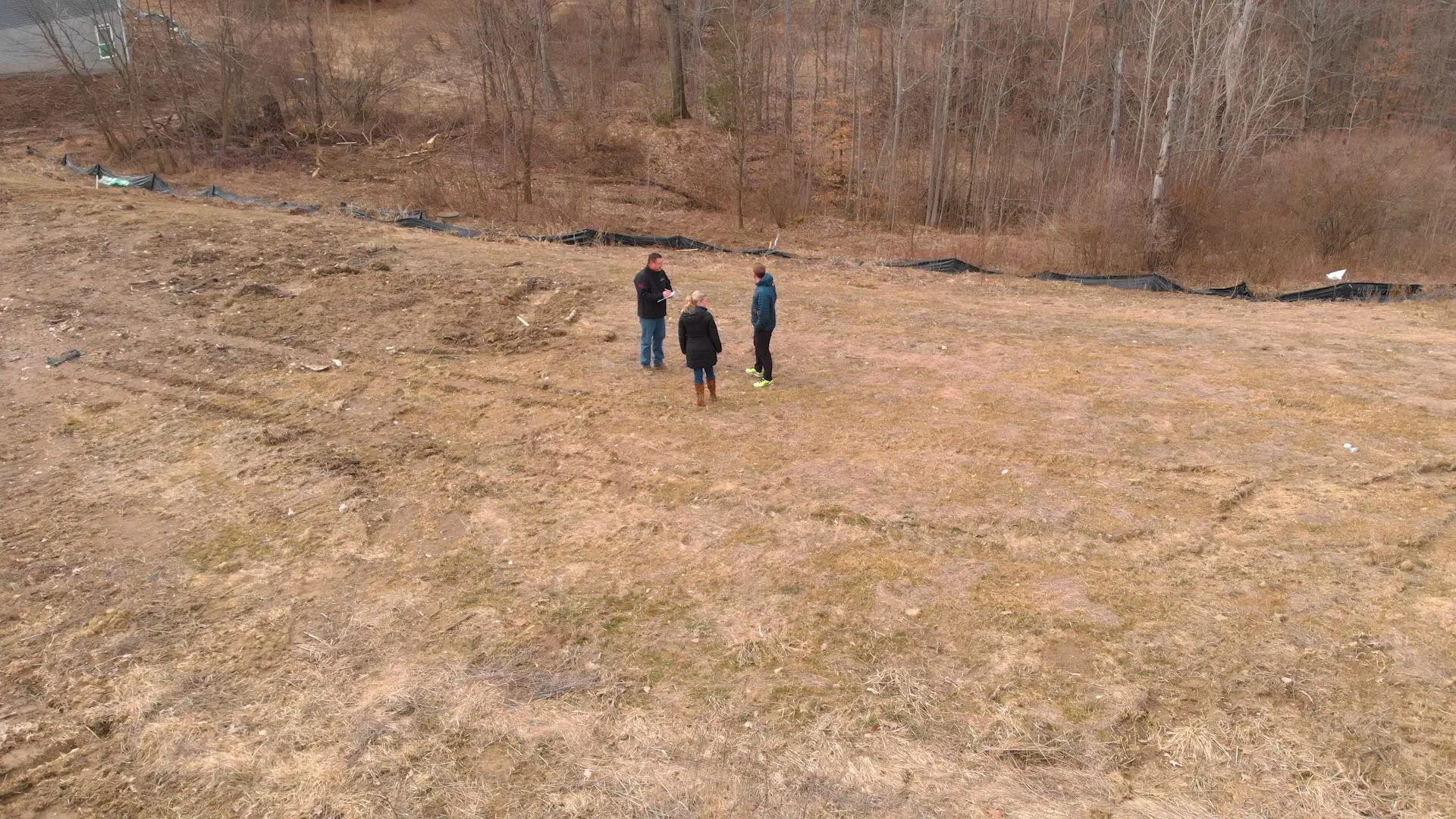
9. Clean Slate or Preservation
When you’re clearing your future home site, you’ll want to have a plan in place with your builder in case any part of the land’s natural state needs to be preserved. This could include a cluster of trees, certain topographical elements, or even a nearby stream or creek. Depending on your home’s floorplan, preserving certain natural elements can add character and functionality while mitigating the need for more heavy excavation. However, as it pertains to slope, drainage, and the overall grade of the land, the decision on what to clear and what to preserve can become more involved.
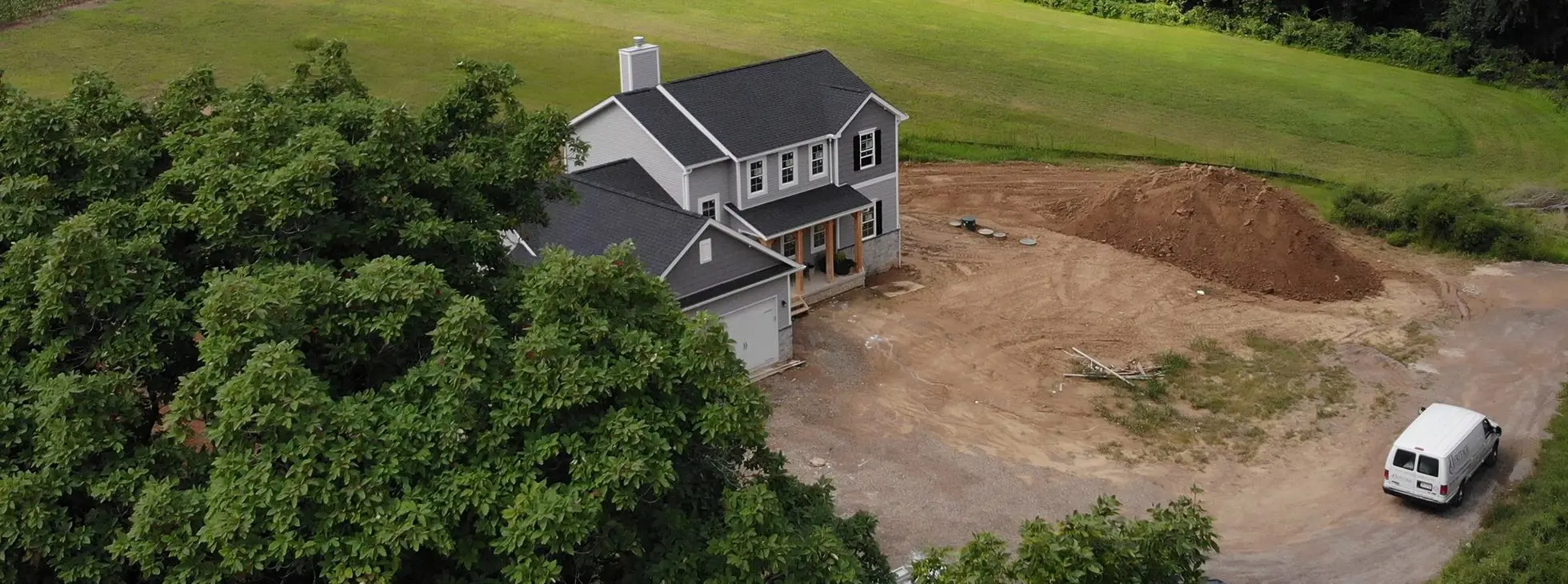
8. Excavation and Fill
Closely related to the effort and work needed to clear your lot will be the amount of excavation and fill. Excavating a large amount of soil can increase your budget and take more time. So can filling it in if there’s not enough soil for the proper grade.
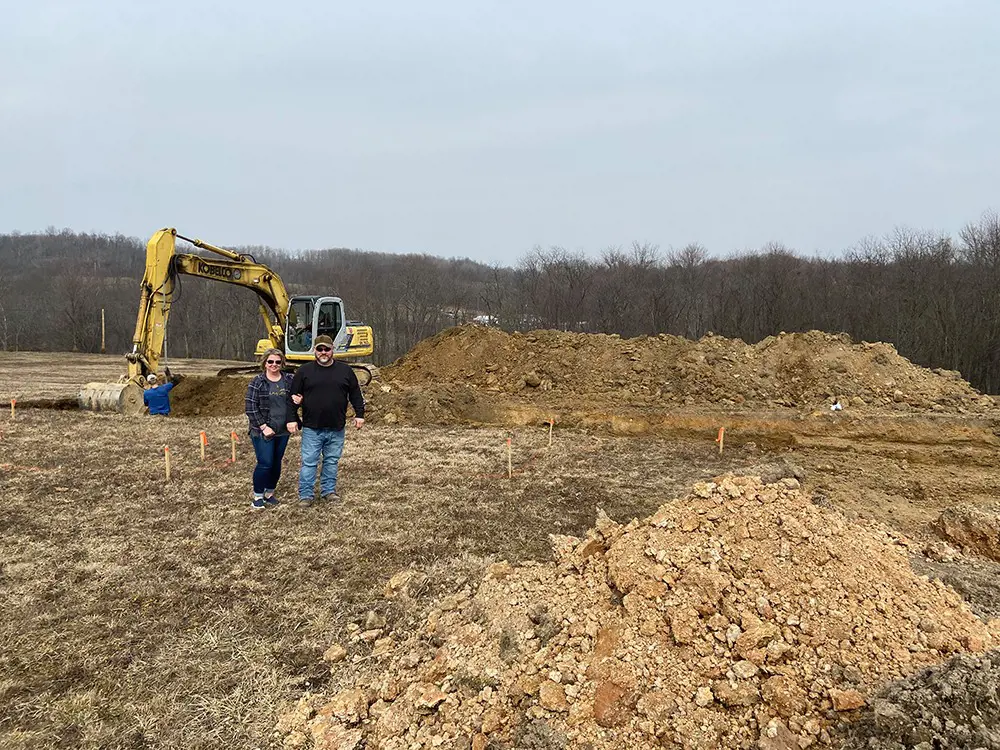
7. Making the Grade
Thinking like a builder means looking at land differently. A lovely section of property sitting on the side of a hill might seem like a reasonable enough location, but a builder sees a list of potential complications: slope, drainage, and uneven land grade to name a few. A slight to moderate slope or what might be seen as a gentle grade, can benefit curb appeal, drainage, and irrigation. In contrast to that, a steep slope or hillside lot can greatly affect the complexity of your home’s foundation and the costs associated with its construction.
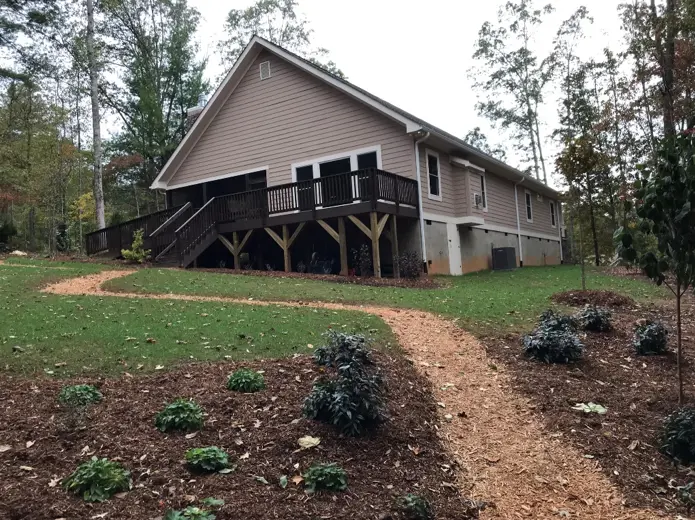
6. Foundation Requirements
Basement, crawlspace, slab, or elevated (pier). We build custom homes on all different types of foundations. Why it matters for determining your home’s optimal lot position? It goes hand in hand with your home’s layout and in determining your building budget’s bottom line. Additionally, only certain types of foundations may be possible with specific clearing and excavation scenarios. The finished grade of the lot you’re building on may inform not only your house plan’s above ground options but below ground as well.
With proper planning, your home’s position on a steep lot could bring out some dramatic flourishes and expand its potential living space.
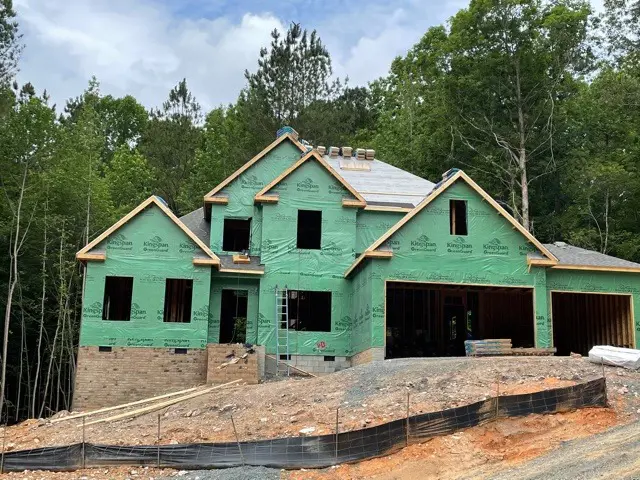
5. Walkout Basement
If you’re looking to build on a hill or steeper grade of land, a walkout basement may be the right solution to add extra space and value. A walkout basement turns the drawbacks and added costs of hillside home construction into the increased value of extra storage and living space.
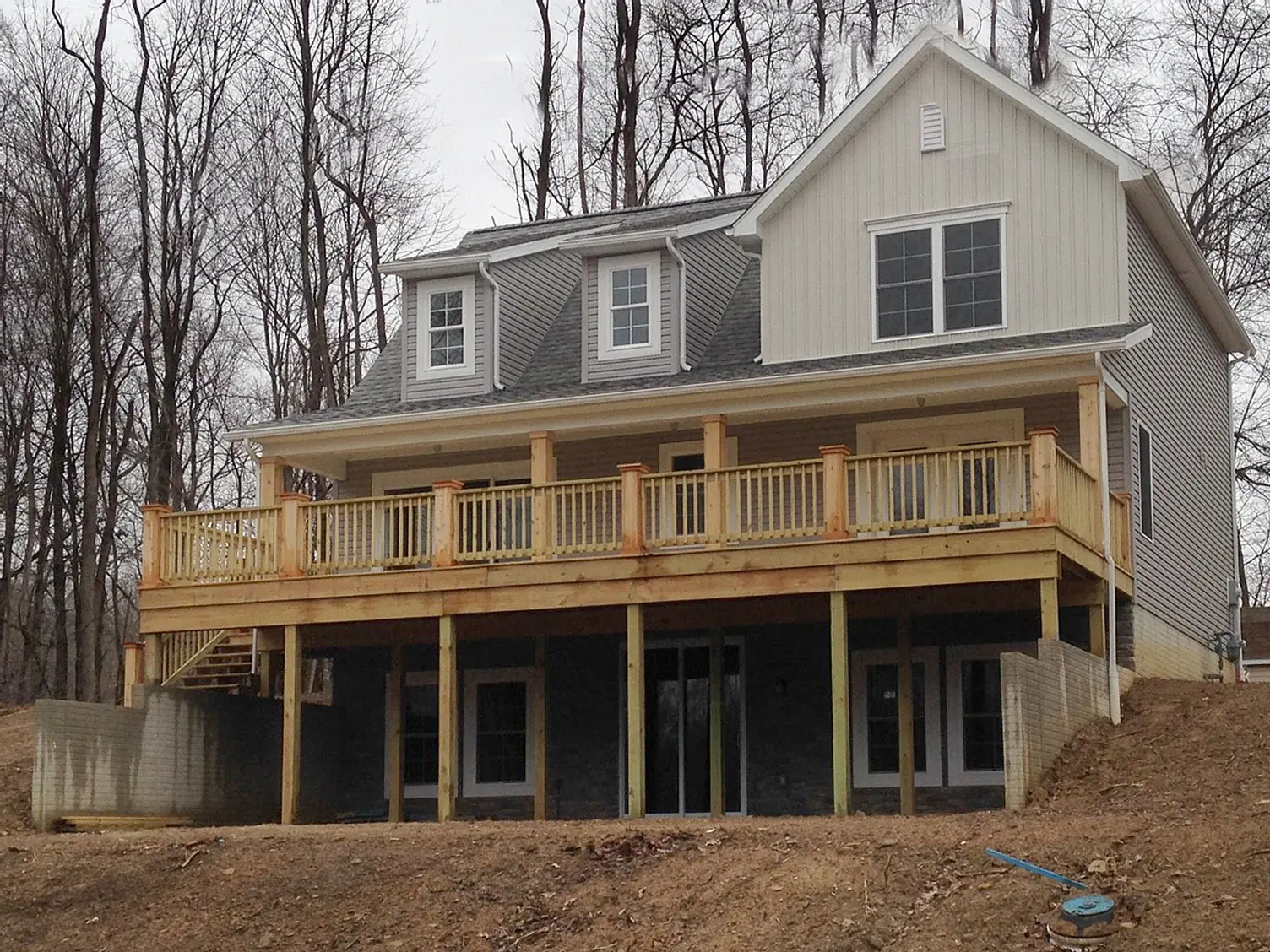
4. Distance To And From
You don’t need a palatial estate with a winding private drive to achieve stunning curb appeal. Work with your builder to maximize your home’s position and its distance from the road. Even homes built on smaller parcels can have an ample front and back yard with the right lot position. It’s also worth mentioning, homes sitting further back in their lot may require more work for utility and other service connections while maintaining the compulsory distance from other property lines.
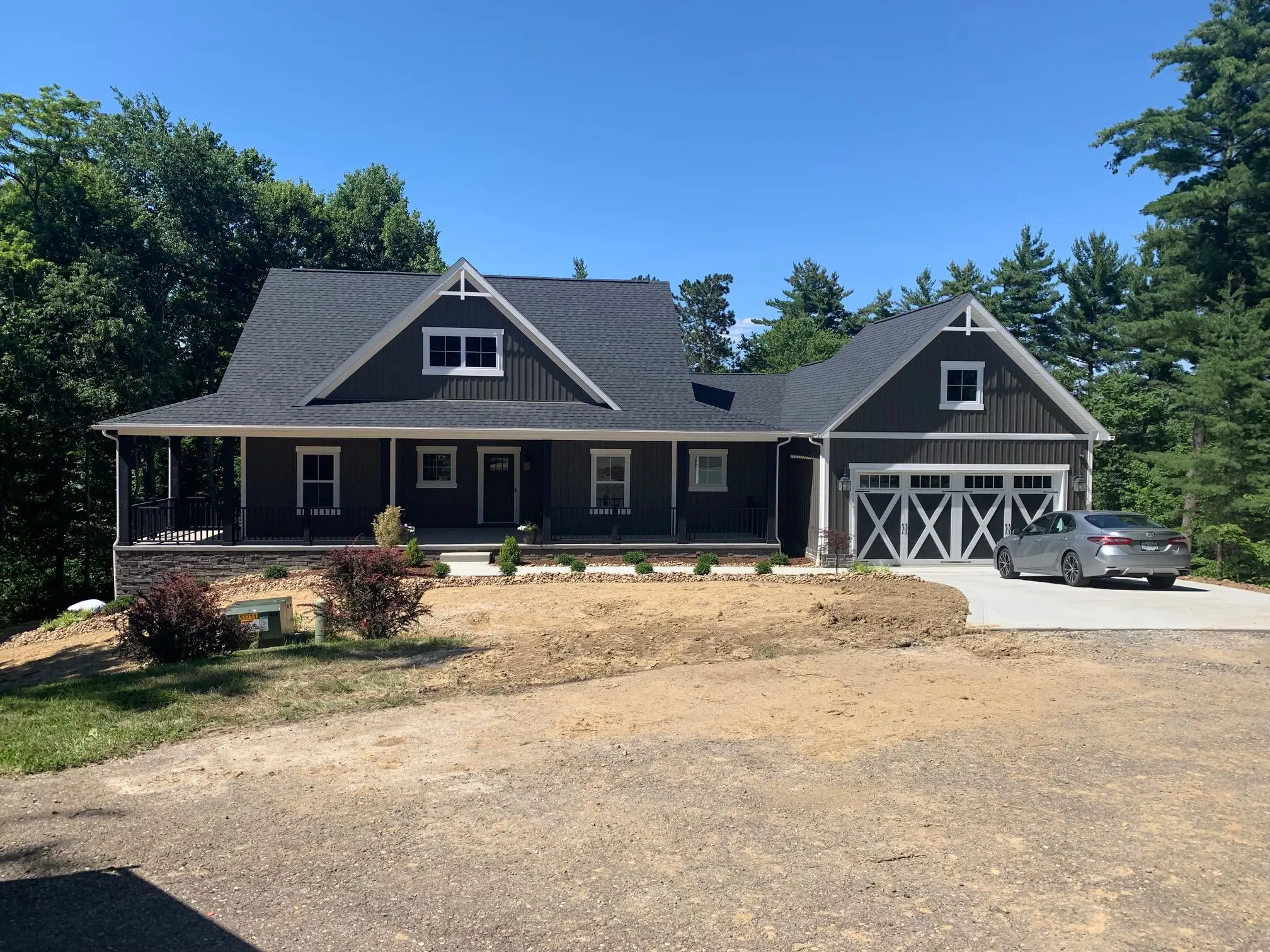
3. Waterways
As mentioned earlier in this article, outside of trees, large stones, and other land debris that need to be cleared or preserved, a creek or watercourse may also be a determining factor in where your home can be built on your land. In some cases, if your lot is near a designated area protected from particular types of development, you may have to work within certain excavating and grading rules.
2. Adjacent Homes
If your new home is being built in an existing neighborhood, be aware of any homeowner’s association architectural or landscaping codes that could affect your home’s construction and to that end, its lot placement. Examples might include:
- The distance of the driveway to the street
- The number of trees cleared or preserved
- The location and existence of a fence, deck, parking pad, shed or other structures on your lot
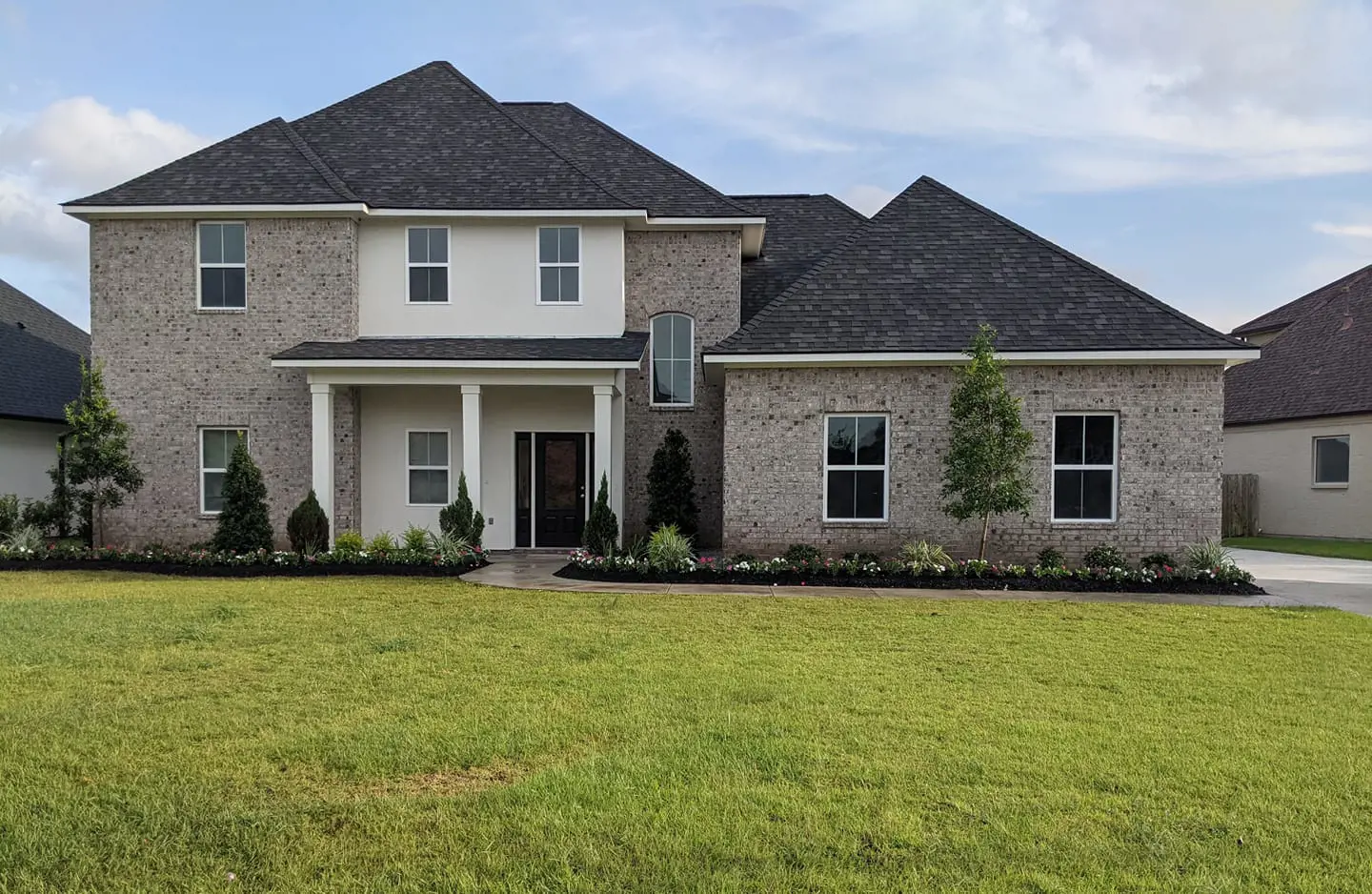
1. Weathering the Elements
We round out this list with a final consideration given to weather orientation. We’ve all heard about southern and northern exposure and their effect on a home’s exterior and interior. But having the ability to control how your home will face seasonal changes and weather patterns is potentially one of the biggest advantages to a custom home. Before you build, be sure to talk to your builder and consider exposure to sunlight and other natural elements. This can help answer other questions down the line – from what to keep or clear, how much to grade – even where to put certain rooms in your layout and whether your home faces east or west. In short: when you build custom, you have the power to position your home for the long term.
About Schumacher Homes
Schumacher Homes, based in Canton, Ohio, is America’s largest custom homebuilder, with operations in 30 markets in 12 states across the country. The National Housing Quality award winning company has built over 20,000 homes, customized to fit each family’s lifestyle, since its founding by Paul Schumacher in 1992. Schumacher Homes takes each customer’s inspiration and gives it a home. Each Schumacher Homes location includes a one-stop shopping design studio and showcase homes displaying the latest in architectural and product trends. Stop in today, be inspired and receive your no obligation price quote.


